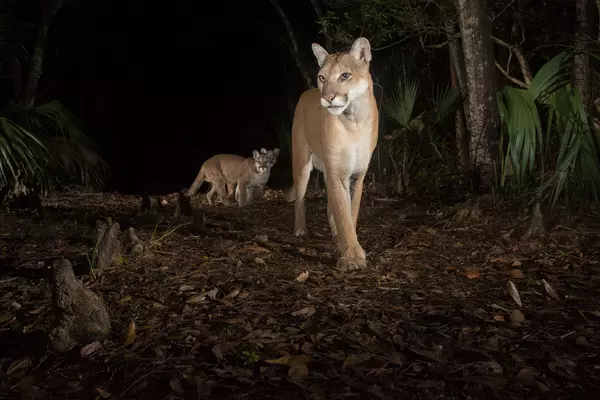The Endangered Species Act (ESA), enacted in 1973, was intended to recover species to the point where they are no longer considered endangered and thus do not require protection under the Act. Unfortunately, the law has had the opposite effect on many species. The ESA can severely penalize landowners for harboring species on their property, and as a result, many landowners have removed the species and habitat from their property rather than face the consequences.
Only 54 of the thousands of species listed by the ESA in the last 48 years have recovered to the point where they no longer require protection. A new study looks into why so few species have successfully recovered.
Since its inception in 1973, the U.S. The Endangered Species Act (ESA) is the most stringent law in the United States for preventing species extinctions, and it has served as a model of conservation policy for other countries. However, its success in assisting species in recovering leaves much to be desired. Only 54 of the thousands of species listed by the ESA in the last 48 years have recovered to the point where they no longer require protection. A new study, published in the journal PLOS ONE, examines why so few species have recovered successfully.
We find that small population sizes at time of listing, coupled with delayed protection and insufficient funding, continue to undermine one of the world’s strongest laws for protecting biodiversity.
Erich Eberhard
The study – led by Erich Eberhard from Columbia University’s Department of Ecology, Evolution, and Environmental Biology, and co-authored by scholars at Princeton University – paints a grim picture. They find that most species are not receiving protection until their populations are precariously small, dimming their prospects of recovery.
“We find that small population sizes at time of listing, coupled with delayed protection and insufficient funding, continue to undermine one of the world’s strongest laws for protecting biodiversity,” they write.
The findings are particularly newsworthy in light of the upcoming meeting of the United Nations Convention on Biological Diversity in December. The meeting aims to finalize a framework that will guide conservation efforts around the world through 2030. The planet currently faces accelerating rates of species extinction, with a projected loss of over 1 million species in the foreseeable future.

A persistent pattern
Small populations are more vulnerable to environmental and genetic threats, and are thus more likely to become extinct before conservation efforts can bring the species back to a stable population size. Evidence of species not receiving ESA protection until their populations have shrunk was first reported in 1993, when a study discovered that species being listed for protection had, on average, only 1,075 remaining individuals for vertebrate species, 999 remaining individuals for invertebrate species, and 120 remaining individuals for plant species.
The new study uses the same methodology as the 1993 study to see if the US Fish and Wildlife Service has become more proactive in the roughly 30 years since the problem was first brought to light. The researchers also looked at trends in species’ “wait times” – the amount of time between when a species is first identified as potentially needing protection and when it actually receives protected status under the ESA – as well as trends in funding for endangered species listing and recovery.
As it turns out, the population sizes of species at the time of listing did not change significantly between 1985-1991 and 1992-2020. The study also discovered that there are consistently long wait times before species are protected, increasing the risk of extinction for species with small or rapidly declining populations.
Funding constraints exacerbate the situation. While funding was reduced between 2010 and 2020, the number of species listed for protection increased by more than 300%. As a result, the study discovered that funding for species protection has decreased by nearly 50% since 1985.
“As the number of imperiled species — and the threats that they face — multiply, the unfortunate conclusion is that the U.S. Fish and Wildlife Service is being asked to do more with less resources,” said Eberhard.
Inadequate funding for threatened and endangered species has persisted for decades, according to the authors, regardless of which political parties are in power in the White House and Congress.
“[I]ncreased funding is essential for sustained, significant progress in protecting imperiled species,” they write. “Studies have shown that government expenditures for imperiled species management do contribute to improved recovery status and avoided extinctions.”
As the meeting of the Convention on Biological Diversity approaches, the study’s authors hope that leaders in the United States and around the world will learn from these lessons to better protect and conserve endangered species around the world.















